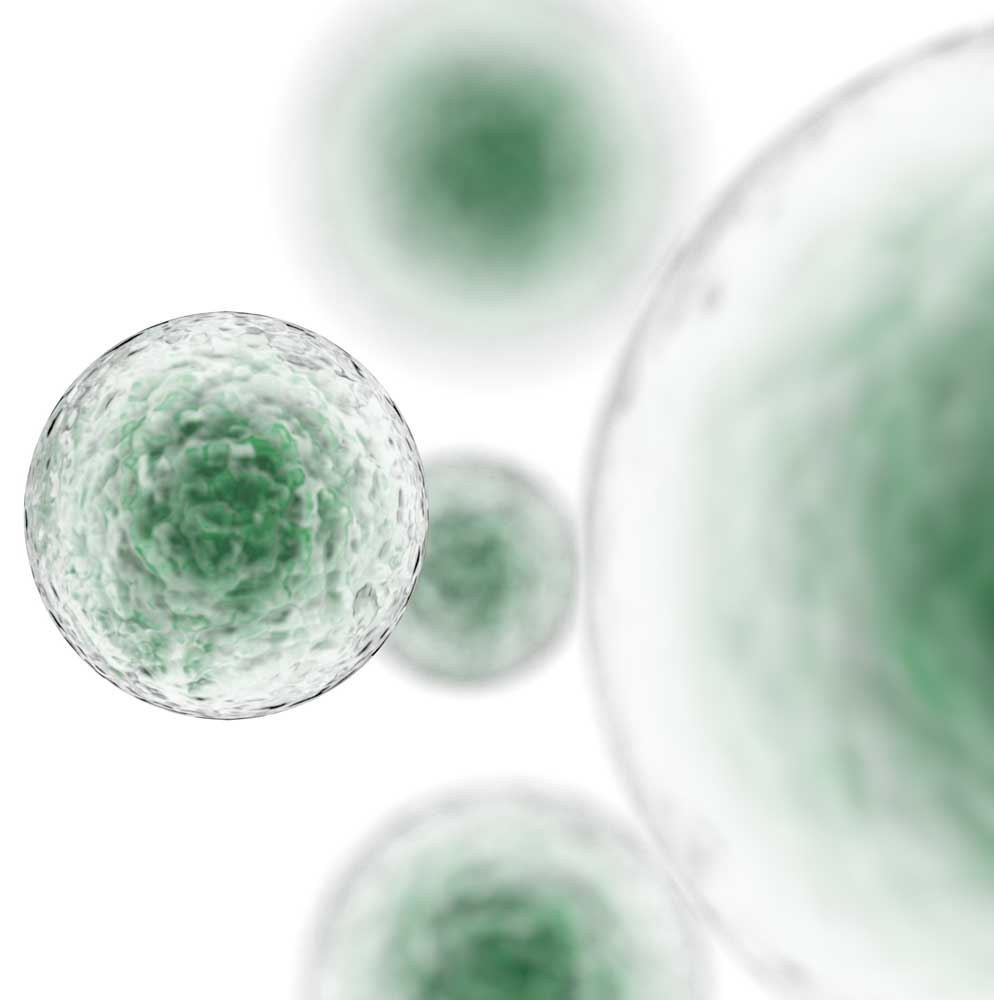
Our science
Tumor hypoxia is a well-validated concept, but is yet to be successfully exploited in the clinic
Tumor hypoxia is known to promote the development of an aggressive phenotype, resistant to chemo, immuno-, and radiotherapy, and is strongly associated with poor clinical outcome. Given its central role in tumor resistance, hypoxia as an exploitable target became an important research area in oncology and the concept of prodrugs, compounds activated by enzymatic reduction in hypoxic tissue, are an attractive solution.
Although to date no Hypoxia-Activated Prodrugs (HAPs) have been approved for human use, key insights were derived from pre-clinical and clinical studies on HAPs of earlier generations. On this basis, Convert’s lead compound was rationally designed as a nitroaromatic analogue with highly optimized drug-like properties.

FAQ
What is CP-506?
CP-506 is a novel hypoxia-activated DNA alkylating agent specifically designed to have a bystander effect, aqueous solubility, oral bioavailability, and importantly, no off-mechanism activation by the human aerobic reductase AKR1C3. We have demonstrated that CP-506 selectively kills hypoxic tumor cells in addition to inhibiting growth and clonogenic survival of hypoxic spheroids only. In vivo, CP-506 demonstrated potent antitumor effects in a broad range of tumor xenograft models. A causal relationship was established between tumor oxygenation and antitumor effects of CP-506 xenografts as well as significant correlation between baseline hypoxia and tumor response across different tumor types using a multivariate approach. Several other factors besides tumor hypoxia influence the tumor response to CP-506 in particular the status of the Homologous Recombination DNA repair pathway. Since hypoxia represents a major cause of resistance to immunotherapy, the therapeutic potential could be enhanced in preclinical models by combining CP-506 with Immunotherapy that kills aerobic cells.
Evofosfamide, an Hypoxia Activated Prodrug (HAP), failed in past trials, why do you believe this molecule will succeed?
Indeed, in two large phase III trials in pancreatic cancer (MAESTRO; NCT01746979) and soft tissue carcinoma (TH-CR-406/SARC021; NCT01440088), addition of evofosfamide to conventional therapies failed to improve overall survival. Potential reasons explaining this failure include a lack of patient stratification based on tumor oxygenation status, unexpected lowering of pharmacokinetic exposures due to reformulation of the prodrug during transition from Phase II to Phase III trials, and a limited bystander effect of the active metabolite of evofosfamide. In our proposal, we will use two biomarkers (hypoxia and HRD). Furthermore, CP-506 has several fundamental advantages compared to the previous molecules (see next question).
What are the advantages of CP-506 compared to the previous HAP’s?
First, CP-506 is designed to be resistant to AKR1C3 metabolism, ensuring highly specific hypoxia-dependent metabolism and cytotoxicity. Second, CP-506 is a water-soluble piperazine salt, avoiding the need for a phosphate solubilization strategy as utilized for PR-104, and is thus resistant to glucuronidation of the alcohol, potentially leading to an improved pharmacokinetic profile due to slower clearance. Glucuronidation of PR-104 has been shown to be a major clearance pathway in humans hence compromising plasma half-life. Third, unlike PR-104, CP-506 has the potential to be orally bioavailable. Fourth, the di-nitro adopted for PR-104, where the nitro group ortho to the mustard contributes to facile metabolic loss via self-alkylation, is avoided as CP-506 is a mono-nitro HAP. Finally, the physiochemical properties of CP-506 and its metabolites readily permit a bystander effect, unlike evofosfamide where the released phosphoramidate mustard cytotoxic metabolite is essentially cell entrapped.
Another Hypoxia Activated Prodrug, PR-104, failed in past trials due to myelotoxicity, why do you believe this will not occur with this molecule?
Various studies elucidated that PR-104A can be activated independent of tissue oxygenation by human two-electron aldo-keto reductase 1C3 (AKR1C3), highly expressed on myeloid progenitor cells and likely explaining the observed dose-limiting toxicity. Further clinical evaluation in hematological cancers revealed that myelotoxicity was the only serious adverse event preventing dose-escalation of PR-104 administration and adequate plasma concentrations were reached to achieve monotherapeutic antitumor effects. Hence, avoiding AKR1C3 bioactivation might suppress prodrug myelotoxicity and permit significant dose-escalation without encountering treatment-related hematological adverse effects. Based on this rationale, PR-104 was redesigned at the University of Auckland to give rise to CP-506 (formally SN36506), a next-generation HAP with more favorable properties and in particular no AKR1C3 bioactivation. We expect therefore to have a much lower myelotoxicity.
Which biomarkers is the most important for CP-506 sensitivity: Homologous Recombination Defect (HR) or hypoxia?
CP-506 effectively decreased the hypoxic fraction of tumor models and inhibited the growth of a wide range of xenografts, but only when hypoxia was present. As such, hypoxia presence is a prerequisite for CP-506 activation. Subsequently, we observed that HRD status in these hypoxic tumors determines the amplitude of the response.
How confident are you to translate the mice results to the patients?
In vivo, CP-506 monotherapy demonstrated potent antitumor activity, at well tolerated doses (600–800 mg/kg), across a broad panel of human tumor xenograft models and significantly inhibited tumor growth in 13 out of the 15 models tested (2/15 models were not hypoxic). As robust interspecies translation of dose-tolerance is crucial in successful clinical translation of chemotherapeutic agents and, since 1:1 dose equivalence is typically observed for alkylating agents, it is reasonable to anticipate that by avoiding the confounding factor of human aerobic AKR1C3 metabolism, the– plasma AUC of CP-506 in mice will translate favorably to human subjects with respect to safe and achievable pharmacokinetic exposures.
Why is HRD so important for CP-506 sensitivity?
As CP-506 exerts its cytotoxicity by the formation of DNA interstrand crosslinks and subsequent induction of DNA double-strand breaks following replication fork stalling, the integrity of DNA repair mechanisms such as the above-mentioned HR and the Fanconi anemia pathway is likely an important factor in determining the efficacy of CP-506.
